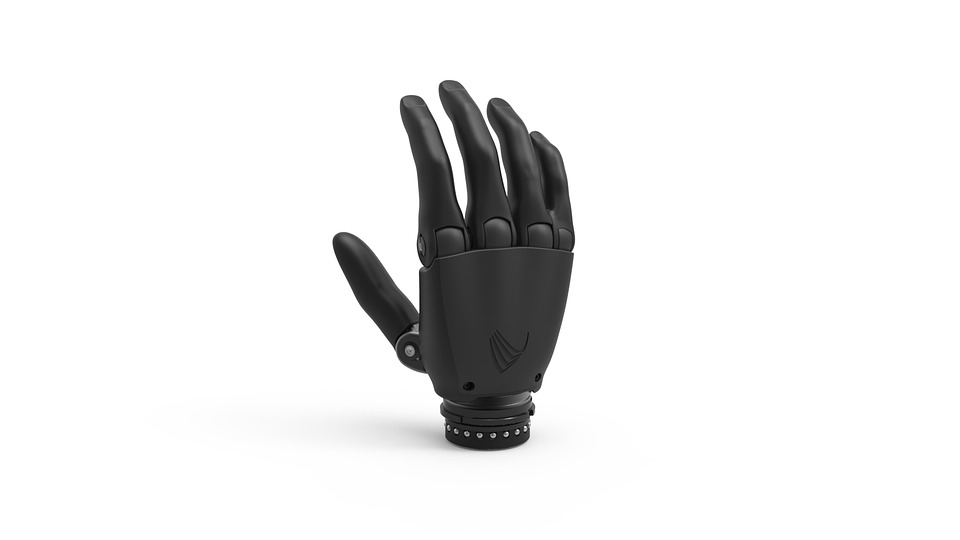The field of humanoid robotics has made remarkable strides in recent years. These robots, designed to mimic human appearance and behavior, are being developed for a variety of applications, from companionship to industrial assistance. This article delves into the various aspects of humanoid robot development, including key advancements, challenges faced, and future opportunities.
Key Advances in Humanoid Robotics
Improved Mobility and Balance
- Bipedal Movement: Advances in leg designs have led to more natural walking patterns. Using algorithms and actuators, modern humanoid robots can navigate uneven terrain.
- Dynamic Stability: Enhanced control systems allow robots to maintain balance during unexpected disturbances, simulating human reflexes.
Enhanced Sensory Perception
- Vision Systems: Robots are now equipped with sophisticated cameras and computer vision algorithms, enabling them to recognize objects and people.
- Tactile Sensors: The addition of sensitive touch sensors allows robots to detect pressure, helping them interact more naturally with their environment.
Human-Robot Interaction (HRI)
- Natural Language Processing: Developing algorithms that enable robots to understand and respond to human speech has improved communication with users.
- Emotional Recognition: AI enhancements enable robots to recognize human emotions through facial recognition software, facilitating more meaningful interactions.
Versatile Applications
Humanoid robots are finding their place in diverse sectors:
- Healthcare: Assisting healthcare professionals in tasks like physical therapy and elder care.
- Education: Serving as interactive tutors that engage students in more dynamic learning experiences.
- Social Companionship: Providing companionship for the elderly or those with social isolation issues.
Challenges in Humanoid Robot Development
Technical Hurdles
- Complexity of Design: Creating robots that emulate human biomechanics is a significant engineering challenge that requires intricate design and materials.
- Energy Efficiency: Ensuring that humanoid robots can operate for extended periods without frequent recharging remains a priority in design optimization.
Ethical Considerations
- Job Displacement: The rise of humanoid robots has raised concerns about potential job loss in various industries, sparking debates about the future of work.
- Privacy Issues: The integration of cameras and sensors in humanoid robots often leads to concerns about data privacy and surveillance.
Societal Acceptance
- Public Perception: Many individuals may feel uncomfortable with robots that closely resemble humans. Building trust and acceptance is crucial for widespread use.
- Regulatory Challenges: Establishing guidelines and policies for the safe and ethical use of humanoid robots is essential as their application increases.
Future Opportunities in Humanoid Robotics
Integration with AI and Machine Learning
The fusion of humanoid robotics with AI can lead to smarter, more adaptable robots that learn from their environments and experiences. This adoption can pave the way for:
- Personalized Interaction: Robots that can learn individual preferences and adapt their behavior accordingly.
- Data-Driven Improvements: AI algorithms that enable continuous improvements based on user feedback.
Expansion into New Sectors
Research is ongoing to explore new applications for humanoid robots. Potential areas of growth include:
- Disaster Response: Deploying robots in hazardous environments where human safety is at risk.
- Service Industry: Robotics in hospitality, providing customer service in hotels and restaurants.
Collaborative Robots (Cobots)
The development of humanoid robots that can work alongside humans, often termed "cobots," offers new prospects, such as:
- Enhanced Productivity: Working collaboratively to improve workflow and efficiency in factories and offices.
- Safety Improvements: Reducing the risk of accidents through safe, human-robot collaboration.
As technology progresses and society adapts, humanoid robots are poised to play a significant role in various aspects of life, reflecting both our aspirations and the challenges we face.





